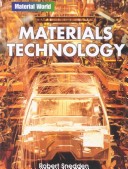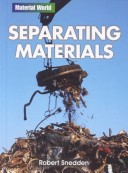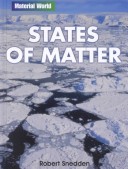Material World Books (Heineman Library)
4 total works
Why was aluminium once more valuable than gold? Why are some buildings built on giant springs and where can they be found? Why does a nuclear waste remain hazardous for thousands of years? In this book, you will learn about the chemical and physical changes that can occur in materials, including chemical and metal reactions, the effect of substances on materials, and the various types of physical changes and their causes. Find out what a huge part the material world plays in your life! Each book in the 'Material World' series looks at a key area of materials science, covering subjects such as states of matter, material characteristics and behaviour, the uses of different materials, and the technology used to make new materials or change existing ones for new purposes.
This series explores aspects of change in materials, including material characteristics and states of matter. It also covers uses, material processes, and the technology used to make or alter materials. Experiment boxes, activities, and profiles of famous scientists and discoveries round out each book.
How can trickles of surface water dissolve rock and create huge caves underground? What are colloids and why are they floating in the milk you drink? How do we make sure that the water that comes from the tap is clean and safe? In this book you will learn the different states in which materials can be found and the various separation techniques scientists use to obtain the materials they want. Find out what a huge part the material world plays in your life! Each book in the 'Material World' series looks at a key area of materials science, covering subjects such as states of matter, material characteristics and behaviour, the uses of different materials, and the technology used to make new materials or change existing ones for new purposes.



